How LinkedIn survived its early years in startup wilderness
Konstantin Guericke reveals the inside story of building LinkedIn
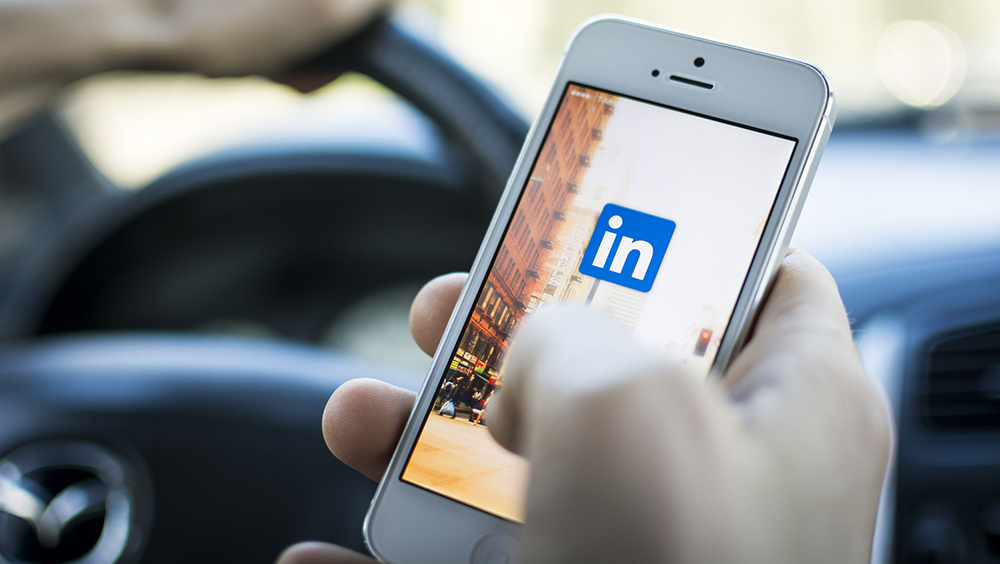

You may scoff at the constant stream of nagging emails LinkedIn sends, but there's no question the site is a success - Microsoft's $26.2 billion acquisition will have any investor in the company smiling.
Possibly not Konstantin Guericke, who left the social network ten years ago, though the venture capital investor told attendees at Slush in Helsinki he was happy to go as he revealed the inside story of the social network Microsoft shelled out for.
In the early days, one consideration was to not appear too much like social network Friendster. That site may be long forgotten, but at the time LinkedIn was so worried about being seen as a copycat of the social network that it eschewed profile photos in order to differentiate itself and look more professional, Guericke said.
The move was roundly mocked - photos were one reason Friendster became so popular, after all - and though LinkedIn outlasted its rival, at the time it didn't look as though the professional network would compete. "Friendster was huge - when we launched and grew for six months... and got funding, we had 40,000 users," said Guericke. "Friendster had four million... Friendster loomed very large."
But being the first to market doesn't mean you'll necessarily win, he added. "It's not about who's first, you can always take a good idea from someone else," he said, adding LinkedIn focused on piling up user numbers in order to take advantage of the network effect.
That was problematic as LinkedIn is a bit less exciting to use for the first time as other social networks. Guericke pins that on the "delayed gratification" versus social sites, where your friends tag you and post photos, giving you an instant buzz. With LinkedIn, the "benefit is two years later, when a recruiter calls you."
Another LinkedIn move that was criticised was charging a subscription fee. Guericke said it simply made more sense than hoping to capitalise on professionals getting sucked into the social network, as users don't have the time to click around. Plus, he said creating something that someone is paying for "feels very good", whereas "giving someone a space so Gap can sell T-shirts" is less encouraging. "You're not paying me, but willing to pay Gap for a T-shirt, it doesn't make me feel as good".
Get the ITPro daily newsletter
Sign up today and you will receive a free copy of our Future Focus 2025 report - the leading guidance on AI, cybersecurity and other IT challenges as per 700+ senior executives
Guericke said he's often asked what made LinkedIn a success. "I can't point to one thing we did that made us successful and others fail, but I can tell you for each 30 or 40 competitors, I can tell you what each of them did wrong," he said. "We didn't mess up in a major way."
He admitted that sounds contrary to what startups are supposed to do - take risks and be willing to make mistakes - but pointed to rival Zero Degree, saying it had a "better product" but was "a little too aggressive" in its marketing, costing it users.
The most successful social networks have come out of the US - could one have ever succeeded out of Europe? Guericke thinks so, and advised startups not to worry too much about where they're based but to target the best market for their business. "You can start the company from here," he said. "It doesn't mean you have to have everything [right here], you pick and choose," he added, advising startups to look for funders anywhere they can find them.
"Don't think 'I'm from Europe, I need to get everything here'... Just because you start in Europe, your initial market doesn't have to be in Europe." He pointed to another social network startup, Zing, which had success in Germany but never broke through into English markets.
"You have to do whatever it takes to be successful, and don't worry about if the time zone is six or nine hours different," he added.
Freelance journalist Nicole Kobie first started writing for ITPro in 2007, with bylines in New Scientist, Wired, PC Pro and many more.
Nicole the author of a book about the history of technology, The Long History of the Future.
-
 Bigger salaries, more burnout: Is the CISO role in crisis?
Bigger salaries, more burnout: Is the CISO role in crisis?In-depth CISOs are more stressed than ever before – but why is this and what can be done?
By Kate O'Flaherty Published
-
 Cheap cyber crime kits can be bought on the dark web for less than $25
Cheap cyber crime kits can be bought on the dark web for less than $25News Research from NordVPN shows phishing kits are now widely available on the dark web and via messaging apps like Telegram, and are often selling for less than $25.
By Emma Woollacott Published
-
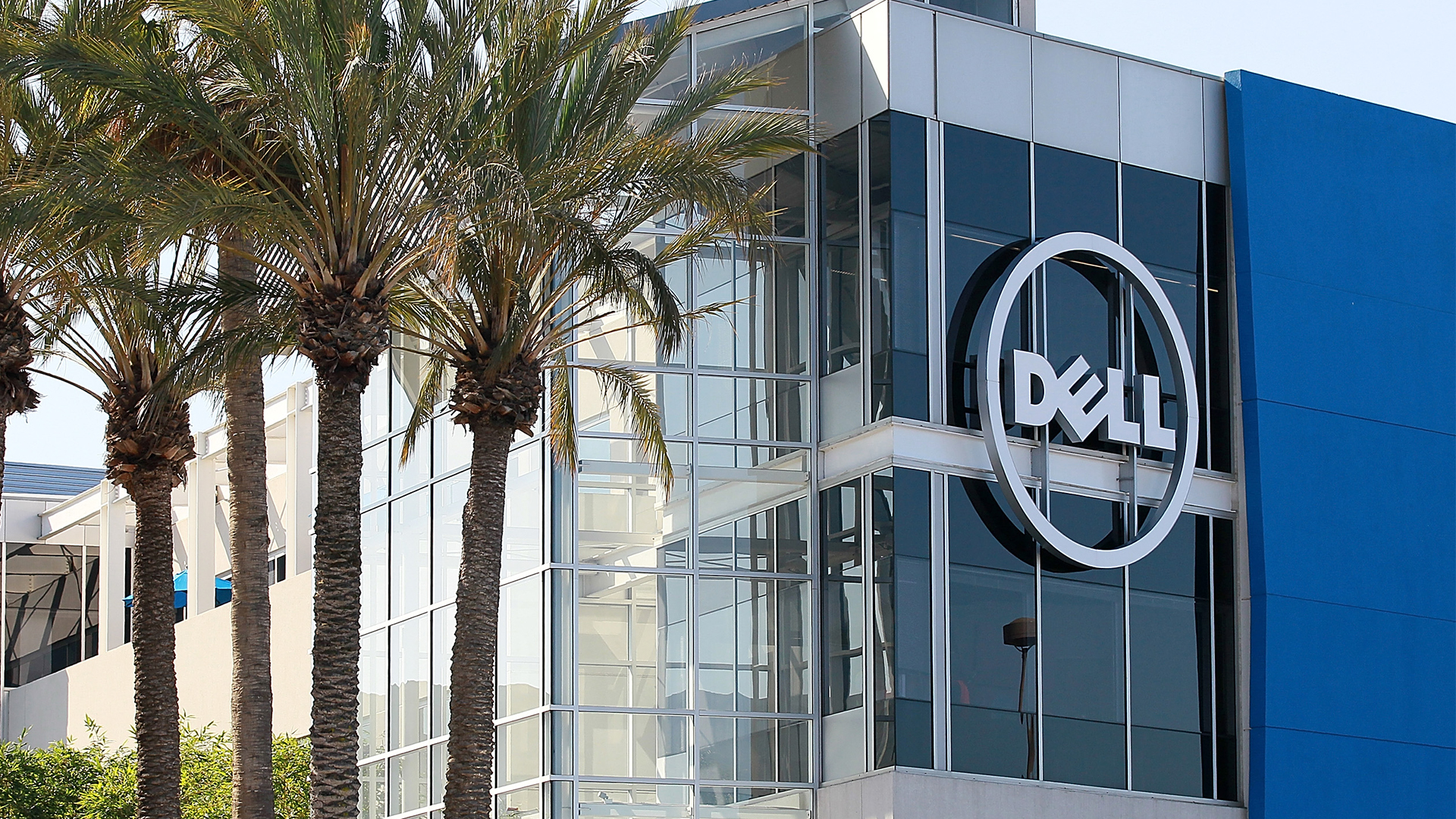 Predicts 2024: Sustainability reshapes IT sourcing and procurement
Predicts 2024: Sustainability reshapes IT sourcing and procurementwhitepaper Take the following actions to realize environmental sustainability
By ITPro Published
-
 Advance sustainability and energy efficiency in the era of GenAI
Advance sustainability and energy efficiency in the era of GenAIwhitepaper Take a future-ready approach with Dell Technologies and Intel
By ITPro Published
-
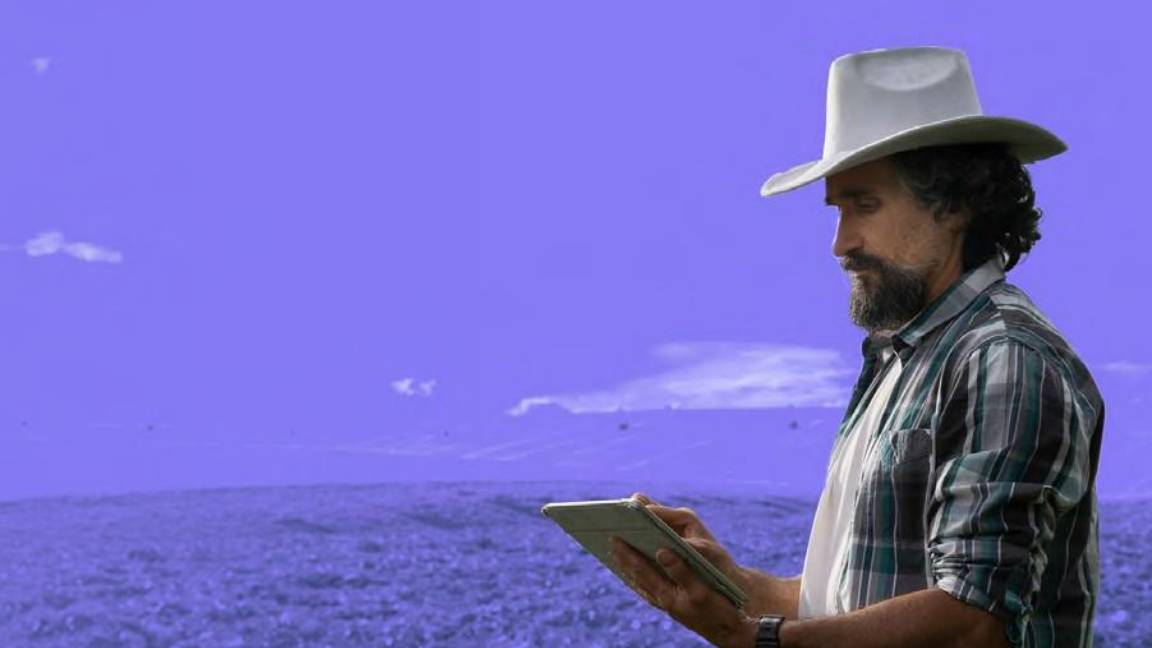 2024 State of procurement report
2024 State of procurement reportWhitepaper The trends shaping the future of business buying
By ITPro Last updated
-
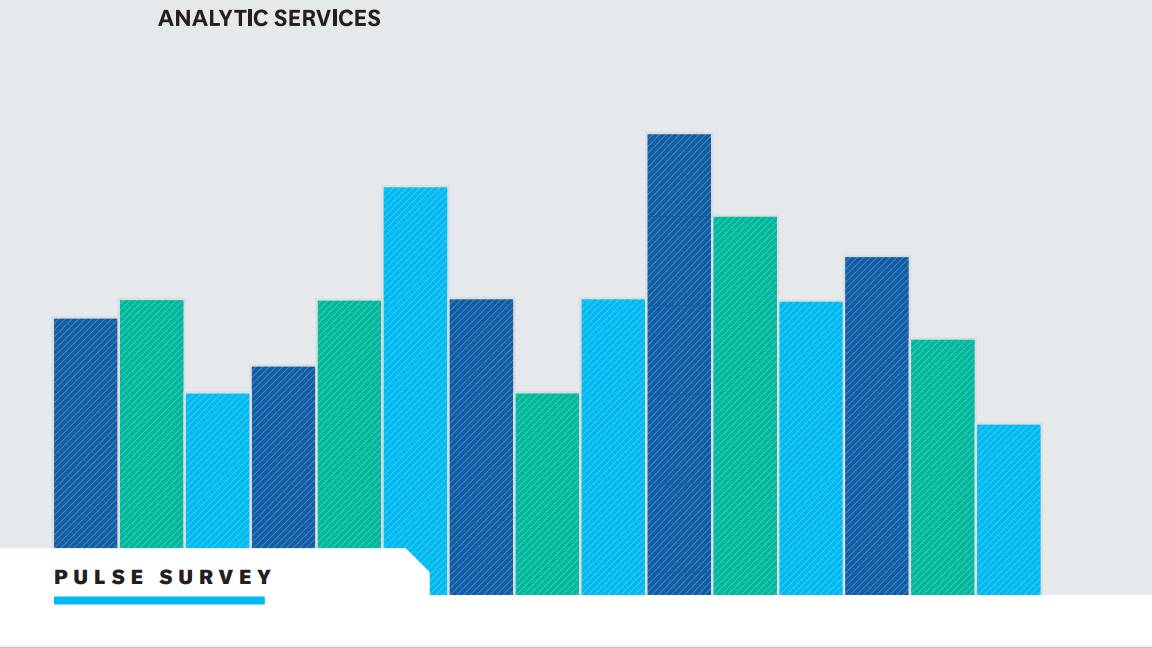 Digital optimisation paves the way to strategic supplier management
Digital optimisation paves the way to strategic supplier managementWhitepaper Procurement’s role as a strategic driver
By ITPro Published
-
 Bringing order to the file management chaos plaguing AEC firms
Bringing order to the file management chaos plaguing AEC firmswhitepaper How a cloud-based solution, supported by edge technology, helps architecture, engineering, and construction firms boost performance and cut costs
By ITPro Published
-
 File data services to support modern manufacturing
File data services to support modern manufacturingwhitepaper Smart file data services deliver resilience and intelligence to the modern manufacturing organization
By ITPro Published
-
 Innovation in product development
Innovation in product developmentwhitepaper The latest data on how successful product development teams collaborate to build the future
By ITPro Published
-
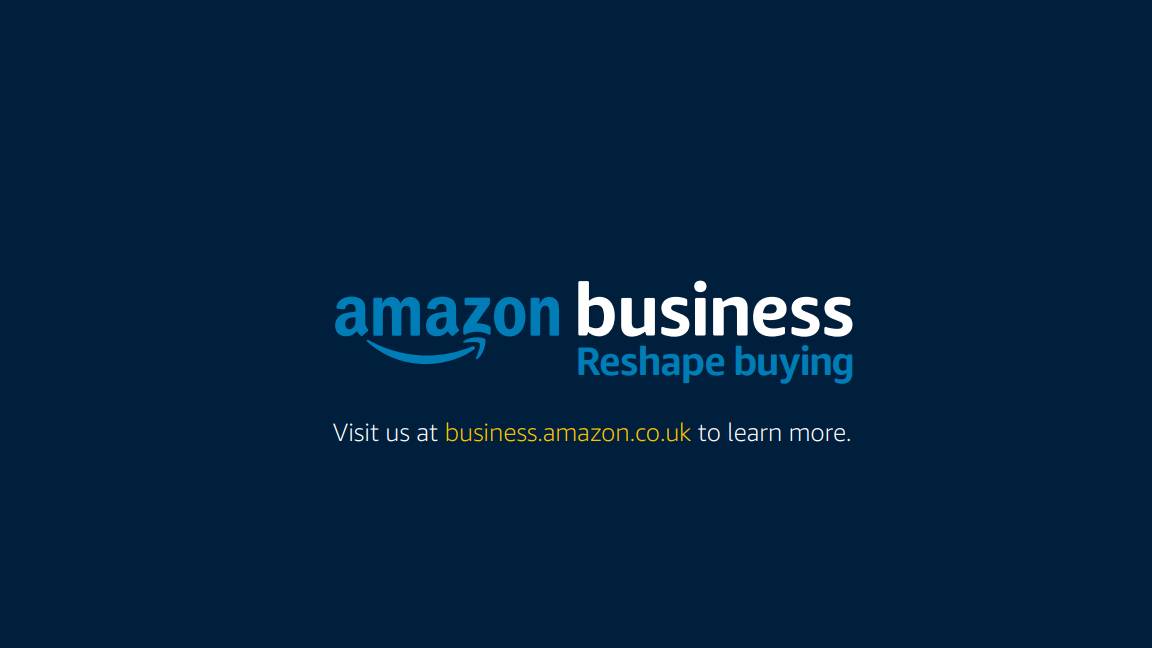 The small and medium business guide to buying
The small and medium business guide to buyingWhitepaper Optimising purchasing to save in 2024
By ITPro Published